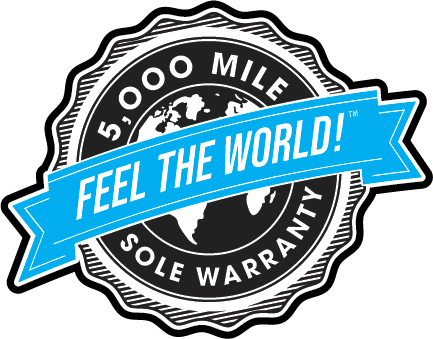Microdosing with Barefoot Shoes: What to Know
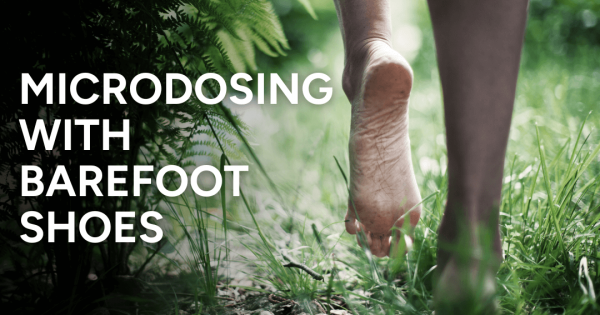
Do you find yourself constantly on your feet or on the move? Whether an athlete, a parent, a nurse, a teacher or anyone else, your feet are the unsung heroes of your daily grind. And they’re often neglected and constrained by conventional footwear.
But there’s a unique approach to building foot strength and improving foot health – microdosing with barefoot shoes. These zero-drop shoes are designed to mimic the feeling of walking barefoot while providing a thin, flexible sole for protection. The idea is to allow the foot to move naturally, engaging the muscles and joints that are often ignored in traditional footwear.
Traditionally, microdosing has been associated with the controlled and measured intake of psychedelics. However, if you apply the concept of microdosing to barefoot shoes, it makes sense: adopting a gradual and measured approach transitioning from traditional, highly cushioned and overly supportive footwear to minimalist, barefoot shoes.
Here’s how you can “microdose” with barefoot shoes:
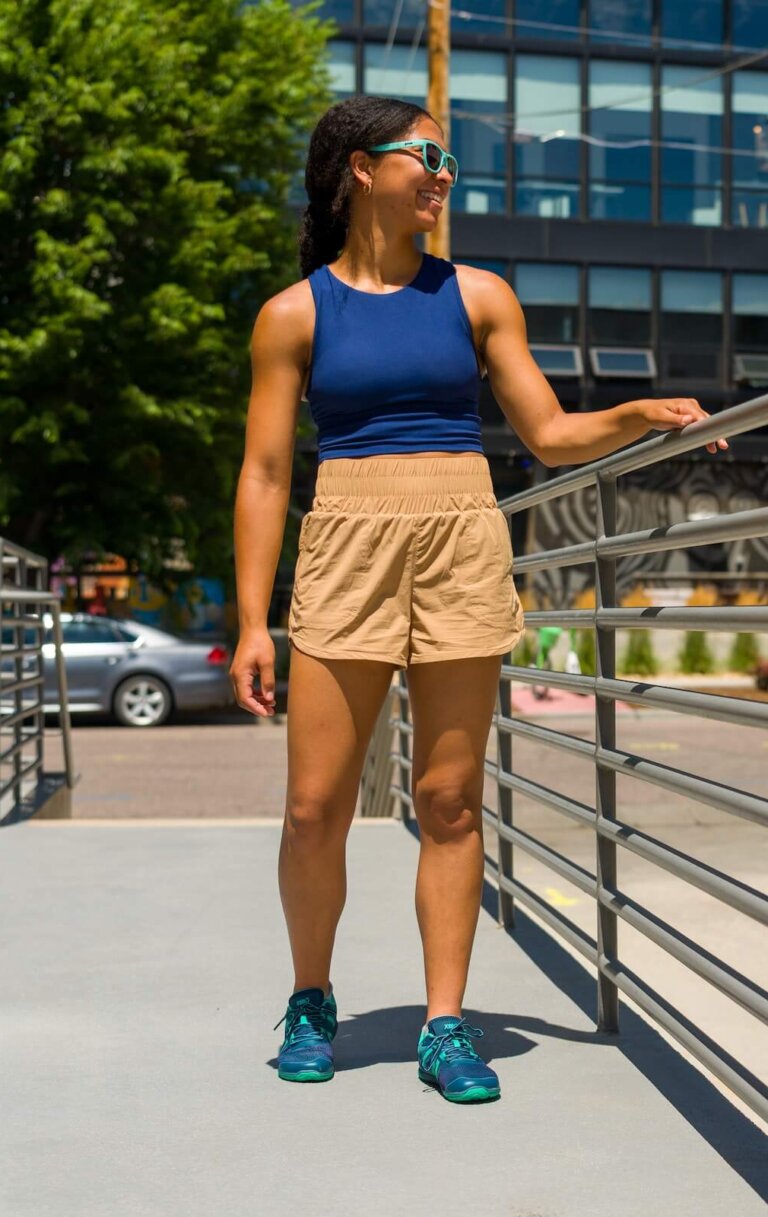
Gradual Transition
“Microdosing” implies taking small steps, both figuratively and literally, towards embracing the natural movement and biomechanics of the feet.
One way to do this is simply by walking in barefoot shoes. A research study by Dr. Sarah Ridge found that over eight weeks, barefoot/minimalist shoe walking is as effective as foot strengthening exercises in increasing foot muscle size and strength.
A 2021 research study in Nature suggests that six months of regular minimal footwear use is sufficient to gain full strength, which may aid healthy balance and gait. This gradual process allows the feet to adapt to the new movement patterns and build strength over time.
Adapt
Microdosing involves an adaptation period where users observe how their bodies respond. Transitioning to barefoot shoes requires an adaptation period during which foot, ankle and leg muscles adjust to the new conditions. You may feel tighter calves or feet as you adapt – this is normal.
As you’re adapting to barefoot shoes, start incorporating “foot core” into your daily routine, like the tips in that blog from Xero Shoes Partner and Born to Run coach Eric Orton. You can actually train your foot core to help prevent running-related injuries according to a study by Dr. Sacco.
Once you feel comfortable with everyday activities in barefoot shoes, you can try gradually transitioning to run. Eric has a fantastic video with tips to integrate barefoot shoes into your running routine.
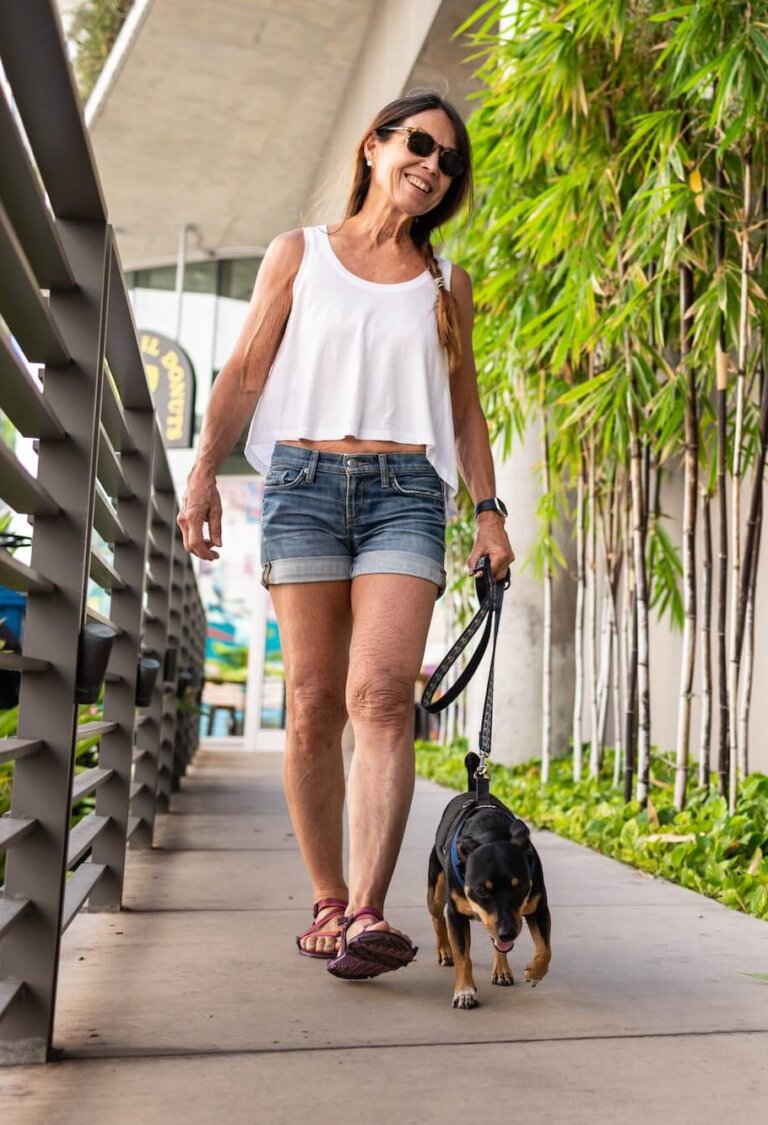
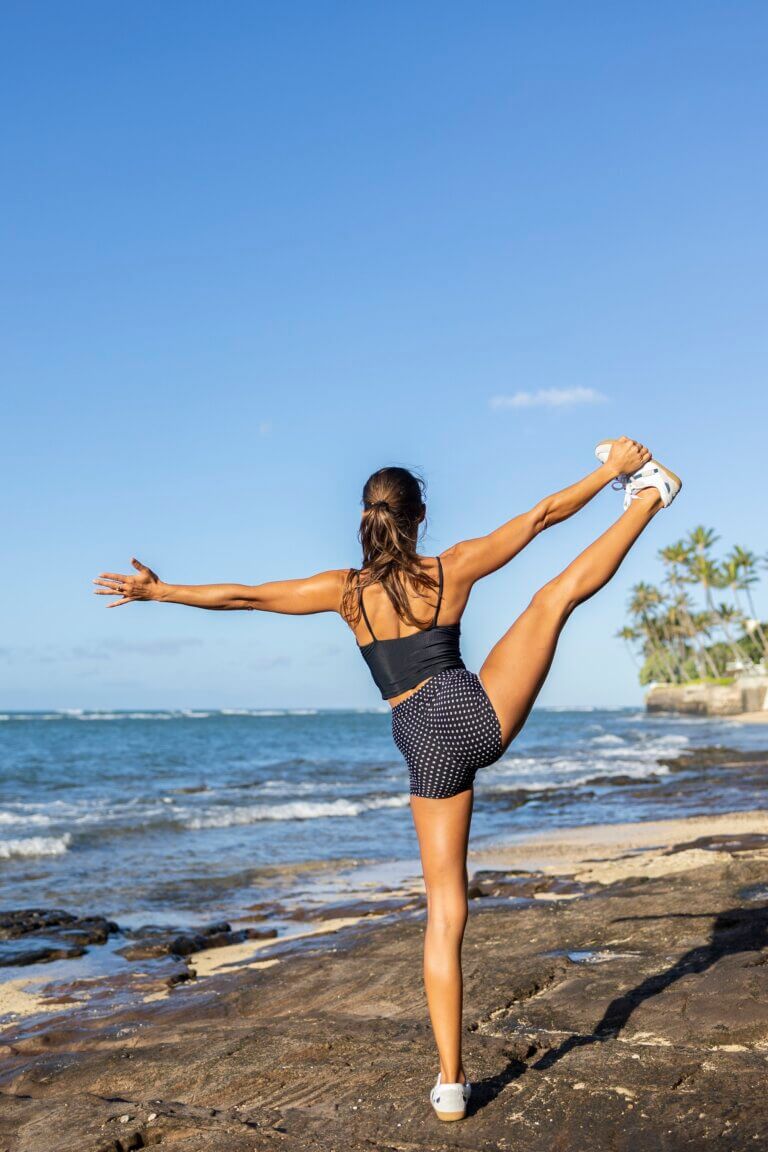
Observe
As you transition to barefoot shoes, observe your gait and balance. Our feet consist of numerous muscles, tendons, and ligaments that play a crucial role in maintaining balance and supporting our body. Microdosing with barefoot shoes allows these muscles to engage and work harmoniously. Plus you may find they’re more comfortable with the zero-drop design, wide toe box and thin, flexible soles, that give your toes room to wiggle.
Closing Out: Microdosing with Barefoot Shoes
In essence, the concept of microdosing with barefoot shoes involves a mindful and gradual approach to allowing the feet to reconnect with their natural function. It’s about taking small, intentional steps towards healthier, stronger feet.






